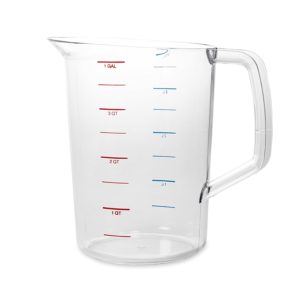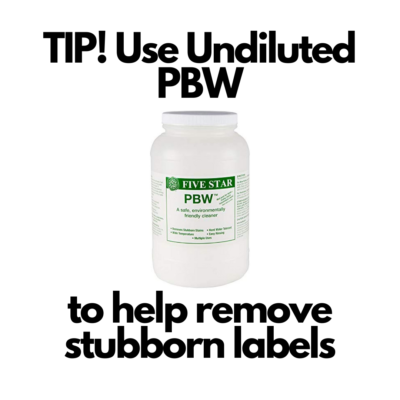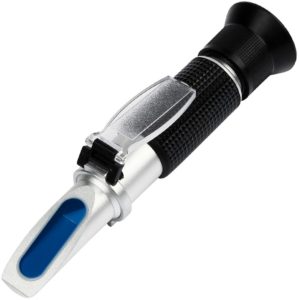
Tips for Fighting Homebrew Boil-Overs!
 Thanks to HBF Reader Case for this photo! [8 Ways to Connect with HBF]
Thanks to HBF Reader Case for this photo! [8 Ways to Connect with HBF]
Part of Our Homebrew Tips and Tricks Series. Check out the complete list – Homebrewing Tips, Tricks & Shortcuts!
- Start with a well-sized kettle. Having some margin, gives you a better chance to fight the dreaded boil-over.
- Be alert! When your wort hits hot-break temperatures, boil-overs can happen quickly.
- Adding hops is another potential boil-over inducing event that should be ready for.
- Stir the Foam! If you’re fighting a boil-over… stir the foam. No need to stir the entire batch, just stir the very top to break up the foam more quickly.
- A spray bottle of water (set to a moderate mist) works well to combat foam
- A wooden spoon placed over the top of your brew kettle can help break up foam. Personally I would not use this as primary defense.
- FermCap-S Foam Control – This is designed to control foam. It settles out during fermentation and actually helps increase head retention.
- Search Amazon for “food safe spray bottle”
- Search Amazon for “24 stainless whisk”
- Related Review: Hands On: 24″ Stainless Steel Whisk – Extract, All Grain and Whirlpooling
- Related Categories: Stirring, Mash Paddles, Propane Burners, Kettles
This post may contain affiliate links. We may make a commission when you use our links. This will never cost you extra. Thank you for supporting Homebrew Finds!
greatdealsMake sure the components you use are compatible and rated for your intended application. Contact manufacturer with questions about suitability or a specific application. Always read and follow manufacturer directions.
rp:tips#23





















 Weighing a US Nickel Using an
Weighing a US Nickel Using an 





